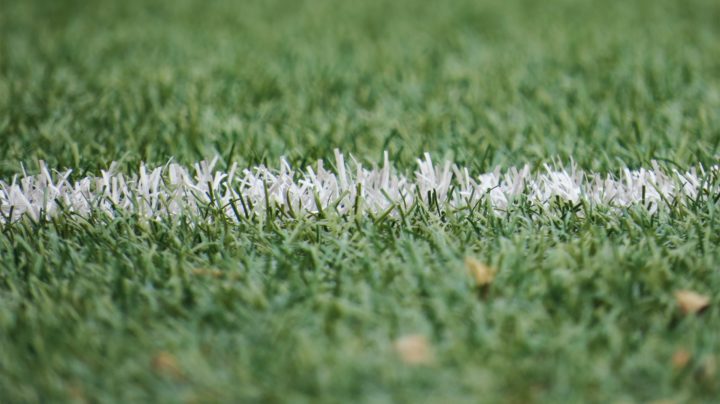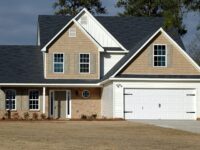The following contribution is from another author.
Synthetic Turf: What?!
Yes, you heard that right. Humanity managed to land on the Moon, discover the genetic code, create planes and invent synthetic turf. Nevertheless, do not be surprised as you have seen synthetic turf (also known as 3G turf or astroturf or artificial grass) a lot in your life: in sports stadiums or surrounding commercial property, or even in the nearby park, where the grass is always green even in winter. Synthetic turf was invented only decades ago and gained popularity among people for its durability and low maintenance in different conditions. Nevertheless, there are important points to be considered before you decide to cover your yard with a forever lawn.
The Formula for Synthetic Turf
The name is self-explanatory: synthetic turf is composed of man-made fibers that excellently resemble real grass. The blades are green, and the tone of the color can vary from the exact type that you choose. The turf is woven like a carpet: there is a solid backing and the blades are stitched on by a machine. Now, even technologies producing artificial turf have advanced a lot, so you may also find a brown thatch that is usually visibly among the real, green grass. This makes the grass look much more realistic and increases its usability, now ranging from sport fields to residential applications. The shape of the grass carpet can also bend and make leaps.
Types of Synthetic Turf
The types of synthetic grass differ from market to market, based on the suppliers and the methods of installation. However, here are the criteria categorizing synthetic turf.
Height and Density: The height of the pile, designed for residential-use synthetic turf, varies from 25 – 44 mm. However, the higher is the grass, the heavier it sits as gravity makes it bend. Hence, it is recommended to take synthetic turf between 30 – 37 mm, as this height would ensure a neat appearance and would not create an impression of flat-looking turf. As for density, try to find those piles that weigh around 3 kg per m2.
Color: Yes, companies offer a wide range of shades, so forget about green as one color that you were used to. To ensure that your yard looks right, you need to choose the suitable color both for the piles and for the brown fleck under. Of course, the shade that you like depends on your personal preferences: lime greens, olive greens, darker greens, so on. The thing to keep in mind is not to go for that perfect-looking spring grass, which will most probably clash with your house or building during the rest of the year.
Testing: A good piece of advice here would be to use the samples that a lot of companies are willing to provide. You can ask your supplier to send out samples and test them in the area of the future lawn. You can lay those samples there and live with them for a couple of days. That will give you a chance to experiment and understand how lights affect them and how the grass changes its color based on the time of the day.
Why is Synthetic better than Natural?
Synthetic turf offers benefits that natural grass lacks. For example, it saves money and resources for the client. Keeping in mind how much water is used for landscaping, we see that synthetic turf prevents water from being wasted when there are good alternatives available. Besides, real grass comes and goes with the weather. Artificial grass is (almost) a buy-it-once item: once bought, it can ensure a good-looking yard for twenty or more years. Also, synthetic grass pitches are an all-weather product, they dry quickly and allow more use when it comes to sports clubs. Finally, it is environmentally friendly because there is no need to have your lawn mowed, which reduces the emissions to our atmosphere.
Read this before calling to order
No, that’s it. Now you know everything you need to make a good choice. Feel free to order your synthetic turf and enjoy the beauty of the always-green landscape. It is free of hazardous emissions, requires low maintenance, saves your finances and time so that you can spend it on the things that matter most.
















